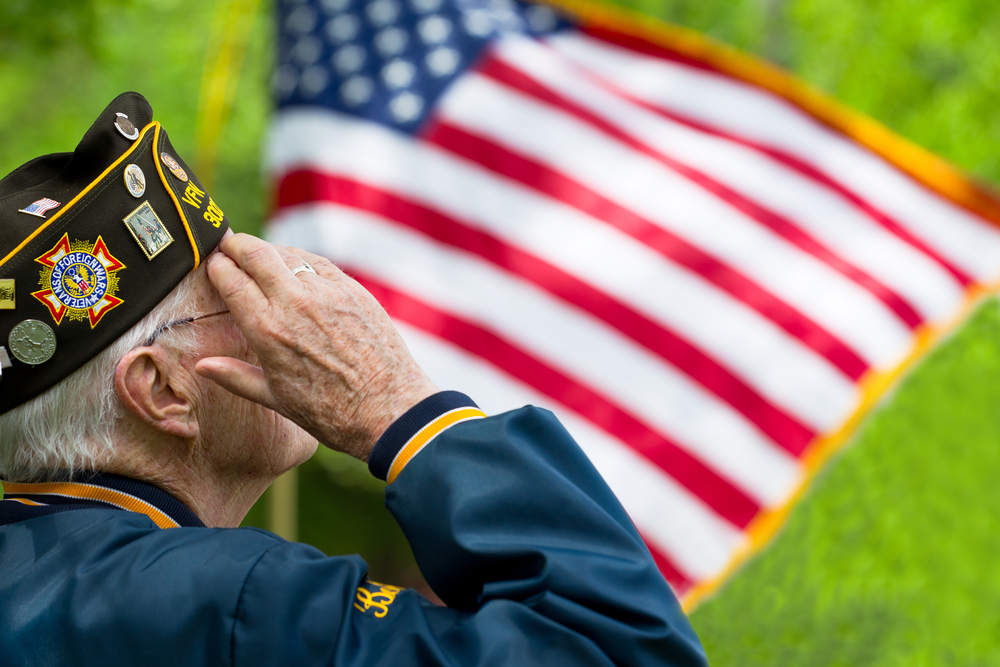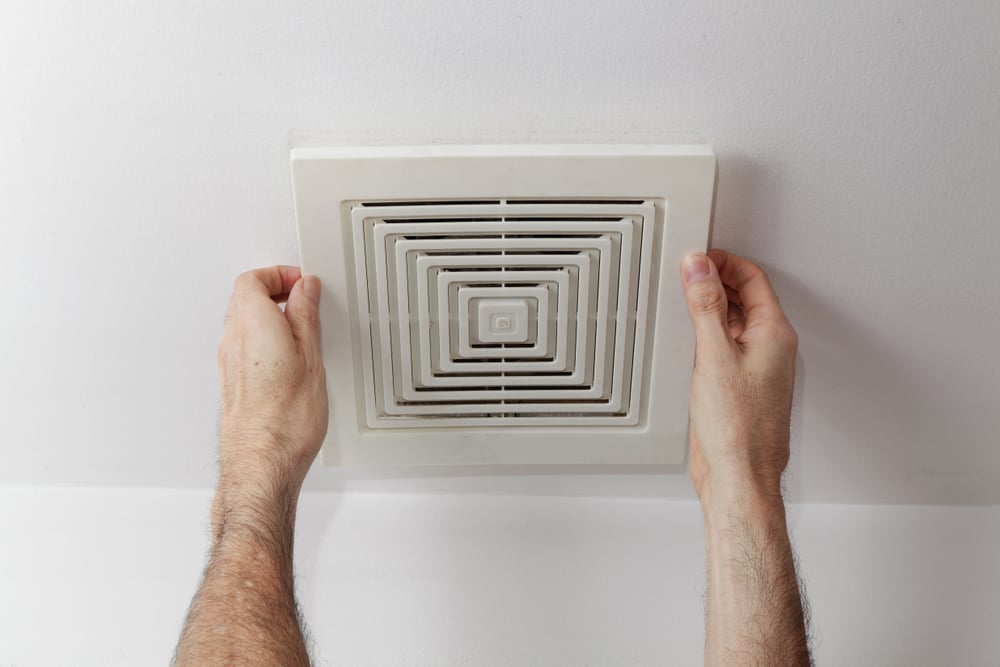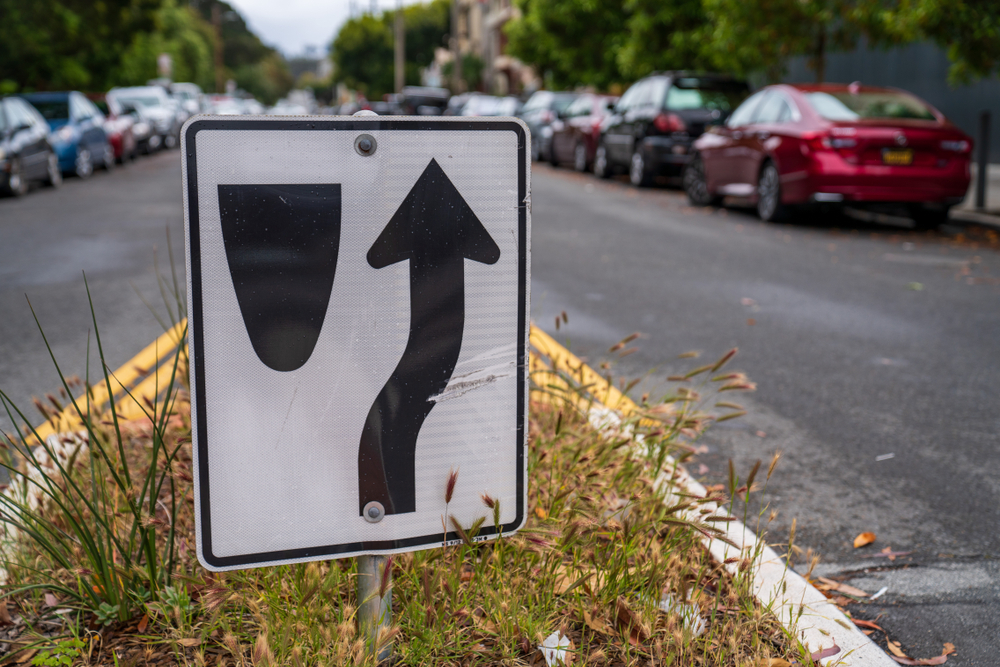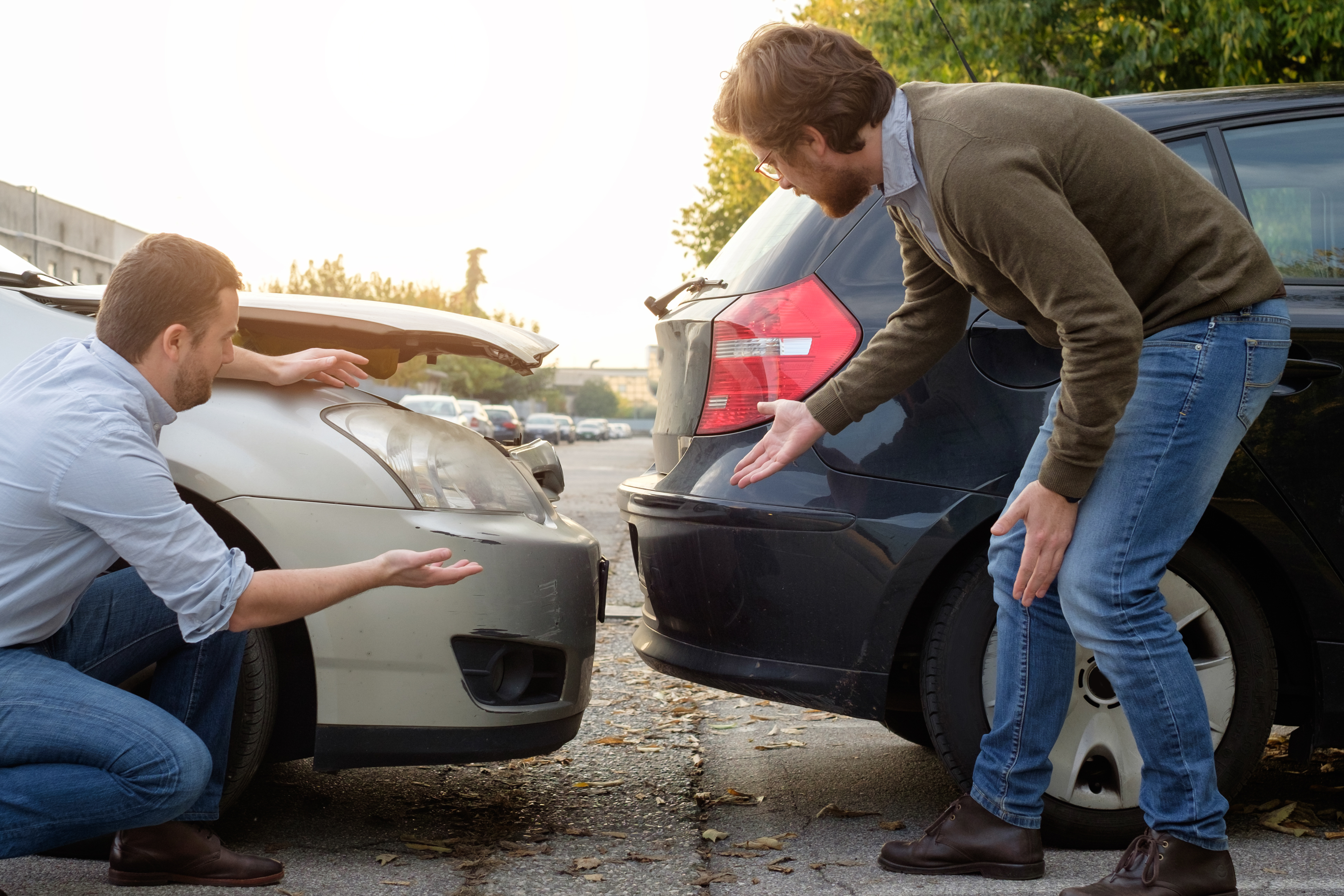Africa’s energy resources have the ability to create sources of economic growth. Creating beneficial deals have been difficult, until now.
Business deals with energy companies, associations, and beneficial investments are the wisest strategies to promote sustainability in global economies. Africa has begun to utilize their developmental resources.
The International Energy Agency (IEA)states that with the growing appetite for modern and efficient energy sources, Africa emerges as a major force in global oil and gas markets. In the natural gas markets, Africa is projected to see a substantial growth as it becomes one of the largest sources for global gas. IEA Executive Director, Dr Fatih Birol gives her take on the importance of Africa’s energy.
“How Africa meets the energy needs of a fast-growing and increasingly urban population is crucial for its economic and energy future – and the world.”
The commentary by Dr Faith Birol addresses the promising view of Africa’s resources and how they are valuable and substantial to Africa’s growth, as well as global economies.
NJ Ayuk, the author of Billions at Play: The Future of African Energy and Doing Deals states that Africa has been an oil-market force for decades. In Africa, the oil and gas sector in Algeria is said to be the main foundation for the economy, it represents 20 percent of gross domestic product (GDP), and a sum of 85 percent in exports. Angola produces 50 per cent of the nation’s gross domestic product and around 89 per cent of exports from oil and related functions. Congo is a net exporter and producer of crude oil. 10 percent of (GDP) gross domestic product from Nigeria comes from the oil and gas market. Exports of petroleum produces an estimated 86 per cent of total exported revenue.
Presently, the largest refinery is located in Nigeria. Analysts predict that by 2022—650, 000 barrels of crude oil should be produced by the day. The refinery has created thousands of jobs, with hundreds of technicians and engineers from Nigeria studying in different countries on how to manage it.
More oil and gas representatives have come forth but oil and gas lawyer, NJ Ayuk remembers the need for African representatives early on in his career.
“Africans were not part of any kind of deal-making structure: When negotiations involving foreign investors’ oil and gas exploration, production, and revenue-sharing took place, Africans were not at the table—or even in the room.”
But now, as news spreads about Africa’s impact on the oil and gas sectors, African oil and gas representatives and investors may finally begin to make better deals. Africa Oil Week has reported Africa’s deals with oil investments, and billions of dollars will be invested towards the development of continental hydrocarbons. Five specific regions that are located in Nigeria, Mozambique, Egypt, Mauritania, and Equatorial Guinea have been named the hot spots in oil and gas development and investment. BP, Noble Energy and other oil and gas companies from around the world have expressed an interest in the natural resource hot spots located in Africa.









